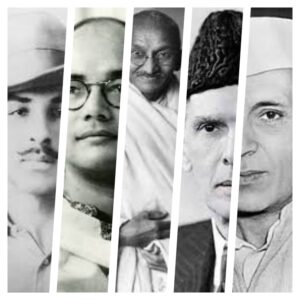
Indian freedom struggle was a huge mathematical equation that had multiple factors/actors that contributed to the success of the freedom of India on 15 August 1947. We started living in a globalized economy even before the initial struggle towards independence.
The European market aka the Tulip mania was an era of agricultural businesses and the inventions of the first stocks started with the advent of European colonies in order to avoid risk but not completely rather distribute the risks equally among their shareholders. Before the invention stocks tulips and similar agro-based commodities were sold based on bonds and a guarantee that they were being given at a price that was predetermined which held value to the European markets. These were the initial roots of the division of power from the colonial power. Many agribased products were forced to be harvested without change in the crop seasons and farmers of the colonies had bad times and were hugely taxed to meet the European market demands. As time passed there have been many revolutions against the colonial authority and many have tried and failed.
Why did we get independence only in the 1940s’s why was the First World War not part of the equation why only the Second World War? Why?
Because It was a multiplayer iterative game.
During the 1940’s Germany restarted its campaign to claim its status as a superpower or a powerhouse of immense technology and intellectual advancement and to reclaim its dignity as a European superpower.
It wasn’t new as Germany had tried to overpower its European clans during World War 1 why didn’t the Freedom struggle succeed during the first time around?
Well here is the actual reason.
India has played an iterative game with multiple payoffs that precisely culminated during the Second World war.
Continue reading “Indian freedom struggle: 5 player iterative game theory an abstract”

